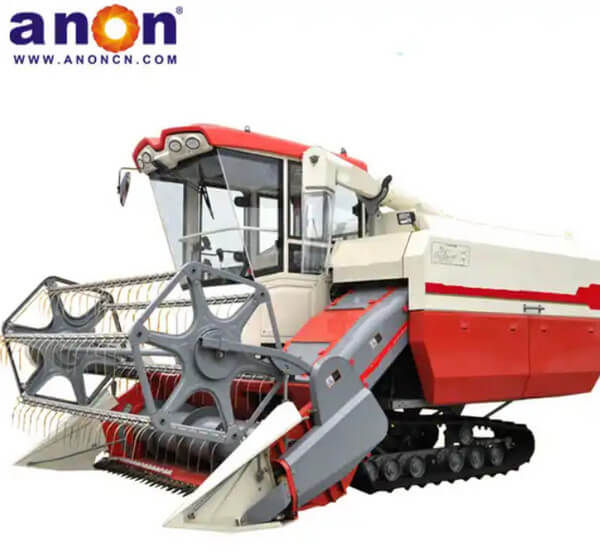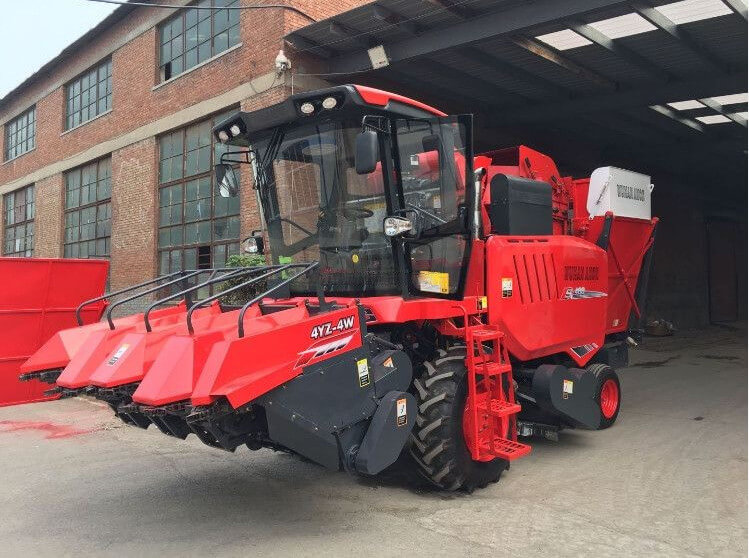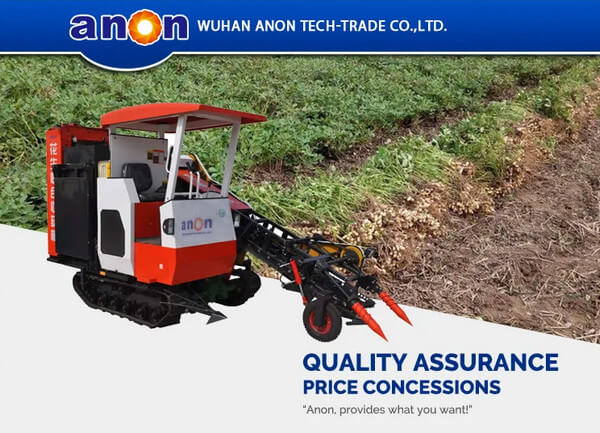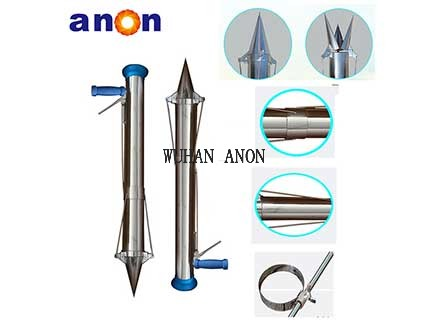Introduction
The wheat combine harvester is undoubtedly one of the greatest inventions in agriculture! When the wheat combine harvester enters a field of ripe wheat, it produces clean grain with ease, even when harvesting hundreds of acres a day. Do you know how a wheat combine harvester works? In this article, I will explain what a combine harvester is, how it works, and the things to watch out for before operating it. If you’re interested, keep reading!
The Working Principle of Combine Harvester for Wheat
Cutting
When the wheat combine harvester enters the wheat field, you need to adjust the header height based on the crop height to avoid missing any wheat. The rotating reel above the header will push the wheat onto the header, and the divider will lift and guide any fallen wheat. As the wheat stalks get close to the header, two fast-moving, reciprocating blades will cut the stalks. The header’s auger moves the cut wheat to the feeder house, which then sends it into the threshing drum, the feeding part of a full-feed harvester.
The header of a half-feed harvester is usually bow-shaped. Compared to a full-feed wheat combine harvester, a half-feed harvester needs to follow the rows during harvesting to ensure efficiency and quality. When aligning with the rows, you need to adjust based on the field’s shape, size, and terrain to make sure the header covers the entire area, avoiding missed or repeated cuts. The header width of a full-feed harvester is usually the same as the width of the machine. When operating a full-feed harvester, you just need to make sure it follows the field edges or contours without needing to align with rows. The difference between a half-feed and a full-feed combine harvester is that the half-feed only puts the wheat heads into the threshing device, while the full-feed puts the entire wheat stalk into the threshing device.

Threshing
The wheat sent into the threshing device is struck by a metal roller with toothed structures. Threshing rollers can be classified into three types based on their axial arrangement: horizontal axis, vertical axis, and a combination of both.
The horizontal-axis threshing roller is perpendicular to the direction of the combine harvester’s movement, allowing for quick and even threshing. The vertical-axis threshing roller is parallel to the wheat combine harvester’s direction, giving the grain a longer path inside the roller and more strikes. This makes the vertical-axis roller perform well even with high moisture and high-yield crops. The dual-axis threshing roller combines the advantages of both horizontal and vertical arrangements. It is more efficient and can be used for various types of harvesting conditions.
The bow-shaped sawtooth on the threshing roller brushes and strikes the grains mixed with husks and broken stalks, filtering them through the threshing screen below the roller to separate them from the straw. The screw conveyor then sends the broken stalks and heads to the secondary roller for a second threshing to avoid waste.
Cleaning
The grains mixed with broken straw and other impurities fall onto the grain pan and enter the cleaning system. Its main function is to clean, separate, and screen the harvested grain, removing impurities and non-target materials to ensure the final grain quality is good.
Collecting
After multiple cycles of threshing and separation, the grain enters the collection area. An elevator lifts the grain from the bottom of the combine harvester to the grain tank. When the tank is full, the wheat combine harvester stops, and the unloading auger discharges the grain into bags or onto transport vehicles.
If the workload is too heavy, a grain cart will be needed. The grain cart will move alongside the combine harvester, and they will use signals to transfer the grain smoothly through the unloading auger into the cart. Be sure not to use your hands, feet, or tools to push or clean the grain in the tank during unloading.
Handling of Stalks
If the wheat combine harvester has a chopping and spreading device, it can chop the straw and spread it on the field, which helps with returning straw to the soil as fertilizer. If the wheat combine harvester doesn’t have this device or if you need the straw for fuel or feed, you can use a holding drum to transport it. An upper outlet will discharge the straw, and it will fall in one area of the field, making it easier for you to collect, whether you use it for fuel or feed.

Key Points to Consider Before Operating a Combine Harvester
Before operating a combine harvester, you must complete the necessary training and obtain the appropriate license.
Before you start using the combine harvester, you should also pay attention to the following points:
1. Check your clothing; don’t wear anything too loose, and tie up your long hair.
2. Check the condition of the machine.
3. Inspect the field conditions, such as terrain, size, and shape.
4. Check the moisture level and height of the crops.

Connect With ANON
I hope my detailed explanation has given you a good understanding of how a wheat combine harvester works. If you have any questions or need information regarding harvesters, don’t hesitate to contact us at ANON. We are the largest supplier of agricultural machinery in China, and we have extensive expertise. We offer a wide range of options and professional support.









